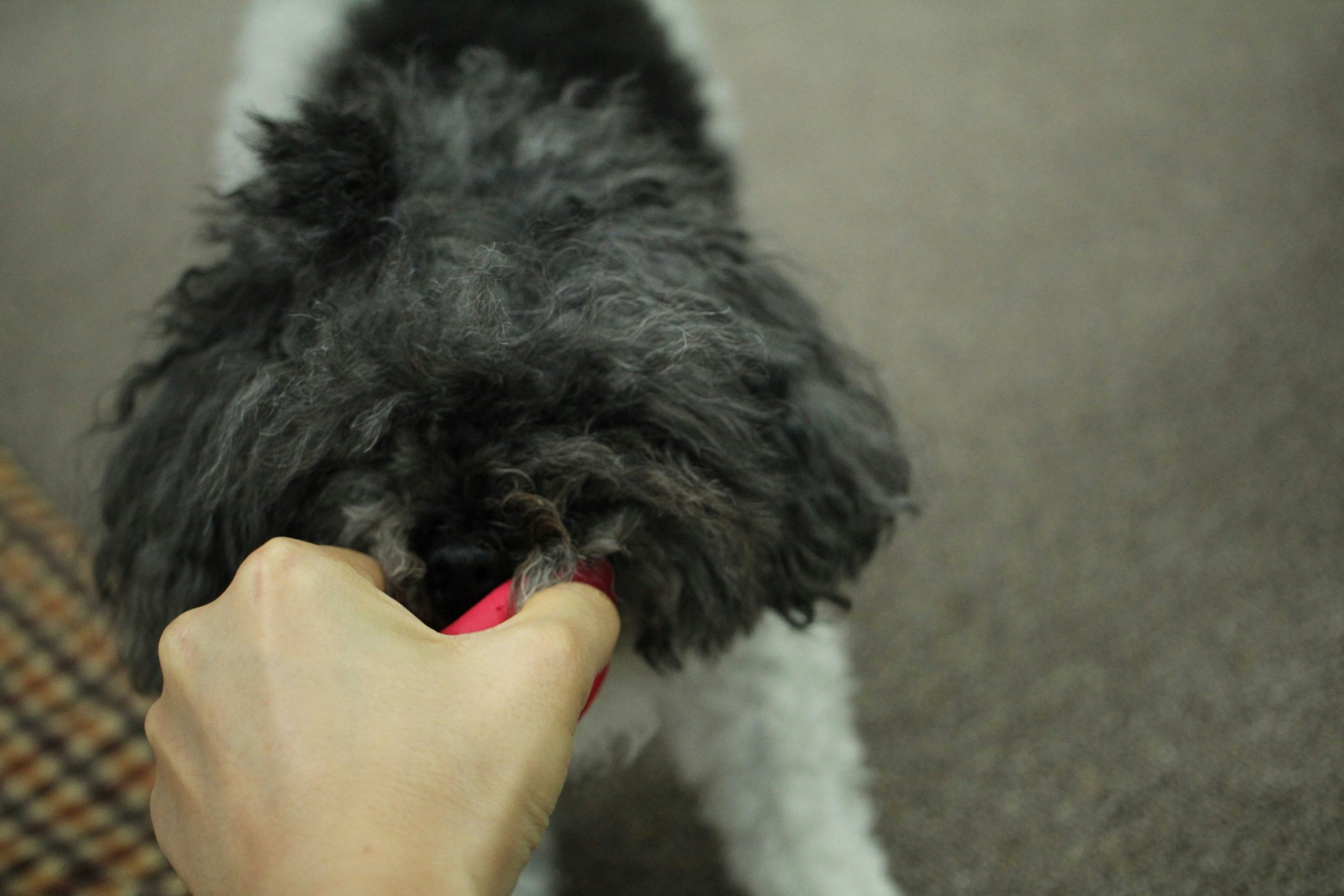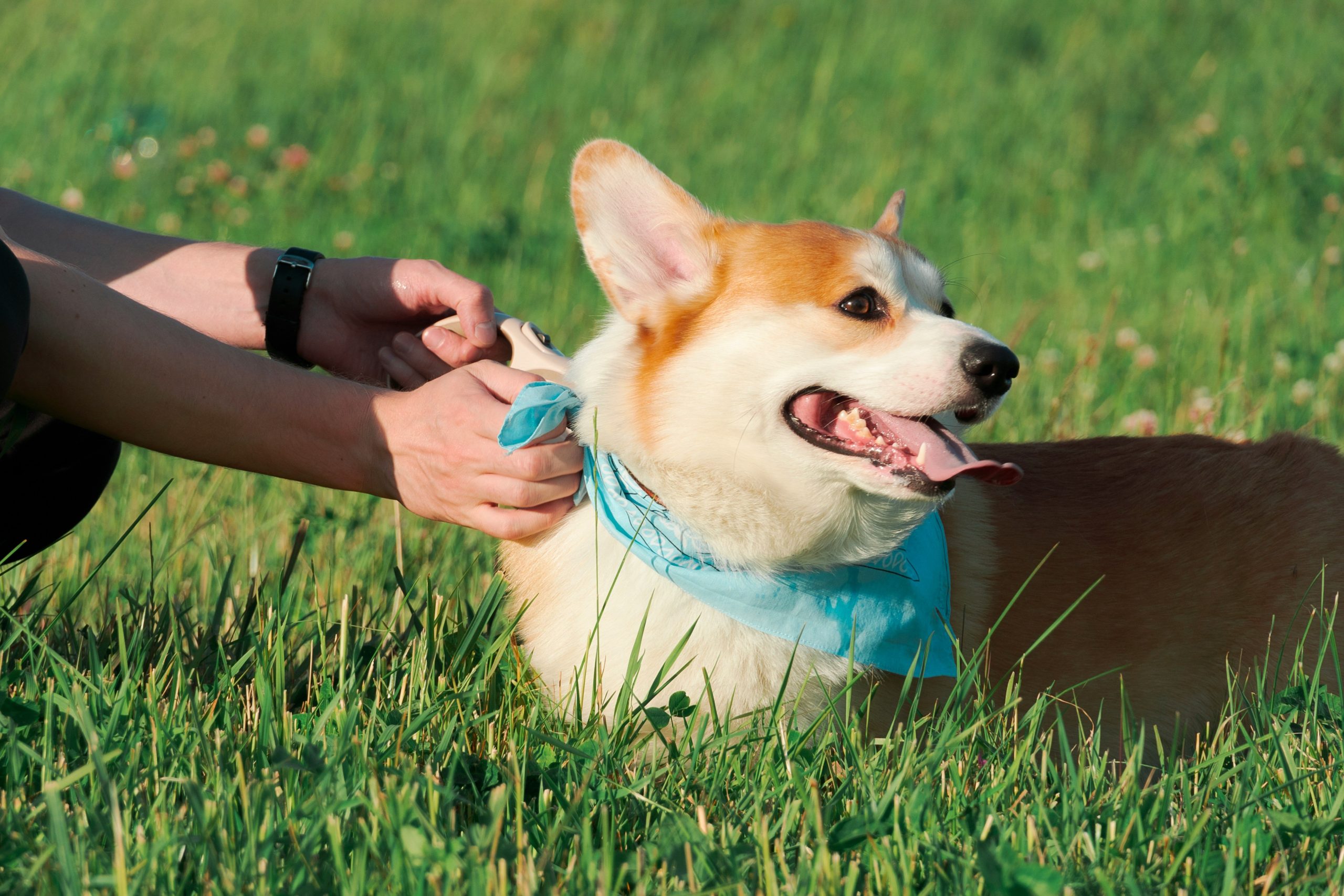Ever tried teaching your dog a new trick only to end up staring at their confused face? We’ve all been there. But what if you could teach them something that’s not just impressive but also incredibly useful? Enter dog hand target commands—a game-changer in pet training methods. In this post, we’ll dive deep into how target training works, step-by-step instructions for mastering it, and tips to ensure success. By the end of this article, you’ll be ready to turn your pup into a pro at following hand targets.
Table of Contents
- Why Dog Hand Target Commands Matter
- How to Teach Your Dog Hand Target Commands
- Best Practices for Success
- Real-Life Examples of Target Training
- Frequently Asked Questions
Key Takeaways
- Dog hand target commands are an effective way to improve communication between you and your pet.
- Target training builds trust and sharpens focus while enhancing obedience skills.
- Consistency, patience, and positive reinforcement are essential for success.
- Avoid common mistakes like rushing the process or using punishment.
Why Dog Hand Target Commands Matter
Pet parents often struggle with basic commands because they rely on verbal cues alone. This can lead to frustration when dogs don’t respond immediately—or worse, misunderstand altogether. Imagine being stuck in a crowded park with your excited pup straining at the leash. Instead of yelling commands, wouldn’t it be easier to simply point your hand and have them come straight to you?
“The magic of dog hand target commands lies in their simplicity—it’s like creating a universal language between you and your furry best friend.”

This method is especially helpful for dogs who need extra guidance or those recovering from behavioral issues. Plus, it’s fun! Dogs naturally enjoy physical interaction, so incorporating touch into training feels more like play than work.
How to Teach Your Dog Hand Target Commands
Step 1: Start Simple – The Hand Touch
Grab some treats and hold one in your closed fist near your dog’s nose. When they sniff or nudge your hand, say “Yes!” (or use a clicker) and reward them. Repeat several times until they understand the action earns a treat.
Step 2: Introduce the Open Palm
Once your pup has mastered the initial hand touch, switch to holding your palm flat toward them. Say “Touch” as they approach and reward upon contact. Gradually increase the distance between you and your dog to build reliability.
Step 3: Add Movement
Now, start moving your hand around—above their head, to the side, or even behind them. Encourage them to follow and touch wherever your hand goes. Use consistent praise and rewards every time they succeed.
Optimist You: “Follow these steps, and your dog will nail hand target commands in no time!”
Grumpy You: “Ugh, fine—but only if coffee’s involved.”
Best Practices for Success
- Keep Sessions Short: Aim for 5–10 minute sessions daily to avoid overwhelming your dog.
- Use High-Value Treats: Choose something irresistibly delicious to motivate your pup.
- Practice in Different Environments: Once your dog masters indoor targeting, take it outside to test their skills in distracting settings.
- Be Patient: Some dogs pick things up quickly; others may need more time. Avoid getting frustrated!
A Terrible Tip to Avoid
Don’t punish your dog for failing to respond correctly. Punishment undermines trust and makes learning stressful instead of enjoyable.
Rant Time: Why Generic Rewards Are Lame
Let’s talk about those boring store-bought biscuits everyone uses as rewards. Sure, they’re convenient, but honestly, would you want the same old snack every day? Mix it up with diced chicken or peanut butter bites—it’s chef’s kiss for keeping your dog engaged.
Real-Life Examples of Target Training
Meet Max, a once-anxious rescue dog who struggled with leash pulling and distractions during walks. His owner introduced hand target commands, turning walk time into interactive sessions where Max focused solely on his human. Within weeks, he transformed into a calm, obedient companion.

In another example, Lucy, a clever border collie, learned to greet visitors by targeting her owner’s hand instead of jumping on guests. It was a win-win—Lucy got attention, and everyone stayed mud-free!
Frequently Asked Questions
Can Any Dog Learn Hand Target Commands?
Yes! Whether you have a tiny Chihuahua or a massive Great Dane, any breed can master this skill with proper training.
What If My Dog Loses Interest Mid-Session?
No worries—it happens. End the session on a positive note, offer a treat, and try again later. Keep sessions engaging and unpredictable to maintain enthusiasm.
How Long Does It Take to Train a Dog Using Target Methods?
Every dog is different, but most pups grasp the basics within a few days to a couple of weeks, depending on consistency and practice frequency.
Conclusion
Dog hand target commands offer a powerful yet simple tool to strengthen your bond and boost your pup’s confidence. From improving recall to reducing anxiety, the benefits extend far beyond basic tricks. Remember: Stay patient, keep it fun, and always celebrate small victories along the way.
Like a Tamagotchi, your SEO needs daily care—so bookmark this guide and revisit it whenever you hit a snag. Happy training!
Nose meets palm, Trust grows strong, Command complete.


